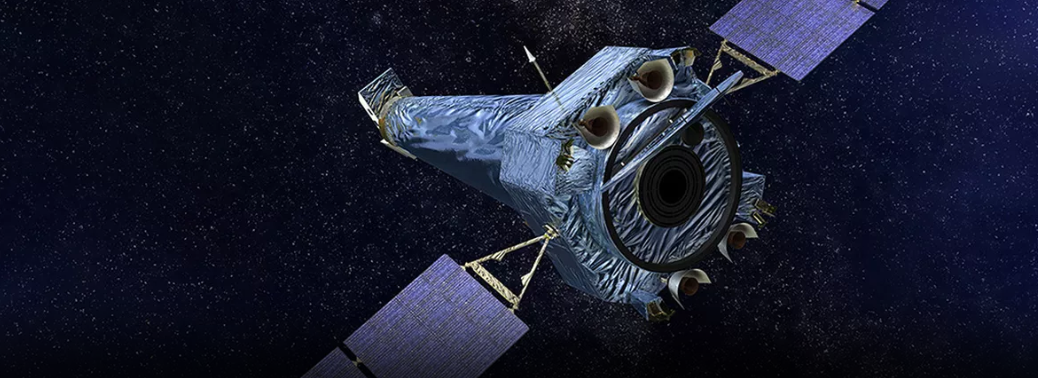Govt unearths GST evasions
19, Dec 2018

Prelims level : Taxation
Mains level : Indian Economy and issues relating to Planning, Mobilization, of Resources, Growth, Development and Employment.
In News:
- The government has detected 3,196 cases of Goods and Services Tax evasion amounting to ₹12,766.85 crore in this financial year up to November 2018, according to the Finance Ministry.
Background:
- Of this, an amount of₹_7,909.96 crore has been recovered between April and November 2018, according to data provided by Minister of State for Finance to the Lok Sabha, in the ongoing winter Session
- GST was introduced on July 1, 2017. It subsumed over a dozen central as well as local taxes, including excise and service tax, taking the country to one-nation, one-tax regime
- According to investigation arm of GST, we have registration of more than 1 crore businesses. But if we look at where the tax is coming from, it is less than 1 lakh people paying 80 per cent of the tax; one does not know what is happening in the system, it is an important thing to study
Anti-Tax evasion Measures:
- According to Minister of State for Finance, the government has taken several steps to detect evasion, including an e-waybills system, systematic analysis of data, and setting up of the Directorate General (Analytics and Risk Management).
- Anti-tax evasion measures such as the e-way bill and mandatory TCS (tax collection at source) requirement for e-commerce companies
- E-way bill is an electronic documentation of movement of goods to ensure that there is no under-reporting of transactions. Under the e-Way Bill system, goods worth more than Rs 50,000 have to be pre-registered online before they can be moved from one state to another and the e-waybill is also needed for intra state movement of goods
- Matching of invoices of buyers and sellers and a reverse charge mechanism wherein a large registered buyer has to pay tax on behalf of the small unregistered seller.
GST(One Hundred and First) Amendment Act, 2016:- It is a destination-based tax on consumption of goods and services. It is proposed to be levied at all stages right from manufacture up to final consumption with credit of taxes paid at previous stages available as set off. In a nutshell, only value addition will be taxed and burden of tax is to be borne by the final consumer.
The GST would replace the following taxes:
Taxes currently levied and collected by the Centre:
- Central Excise duty
- Duties of Excise (Medicinal and Toilet Preparations)
- Additional Duties of Excise (Goods of Special Importance)
- Additional Duties of Excise (Textiles and Textile Products)
- Additional Duties of Customs (commonly known as CVD)
- Special Additional Duty of Customs (SAD)
- Service Tax
- Central Surcharges and Cesses so far as they relate to supply of goods and services
State taxes that would be subsumed under the GST are:
- State VAT
- Central Sales Tax
- Luxury Tax
- Entry Tax (all forms)
- Entertainment and Amusement Tax (except when levied by the local bodies)
- Taxes on advertisements
- Purchase Tax
- Taxes on lotteries, betting and gambling
- State Surcharges and Cesses so far as they relate to supply of goods and services
- The GST Council shall make recommendations to the Union and States on the taxes, cesses and surcharges levied by the Centre, the States and the local bodies which may be subsumed in the GST.
Tax Rates:
- There would be four tax rates namely 5%, 12%, 18% and 28%. Besides, some goods and services would be under the list of exempt items. Rate for precious metals is yet to be fixed. A cess over the peak rate of 28% on certain specified luxury and sin goods would be imposed for a period of five years to compensate States for any revenue loss on account of implementation of GST.
Federal Structure of GST:
- It would be a dual GST with the Centre and States simultaneously levying it on a common tax base. The GST to be levied by the Centre on intra-State supply of goods and / or services would be called the Central GST (CGST) and that to be levied by the States would be called the State GST (SGST).
- Similarly, Integrated GST (IGST) will be levied and administered by Centre on every inter-state supply of goods and services.






